Ruibe is a special dish from Japan’s Hokkaido region. It’s all about raw fish, but it’s not your typical sashimi. They froze the fish in a unique way, which gives it a one-of-a-kind texture and taste. This is a local favorite with cultural roots, and it’s definitely worth trying if you’re exploring Hokkaido’s food scene.
What is Ruibe?
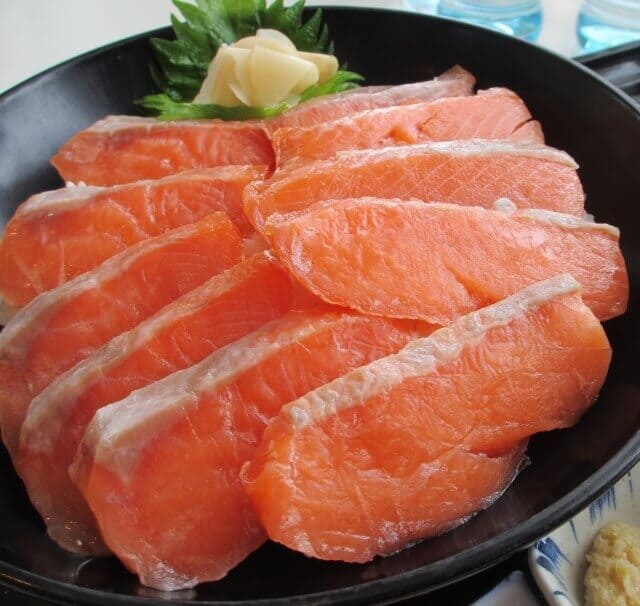
Ruibe is a traditional dish from Hokkaido, the northernmost island of Japan. It is a dish in which fillets of salmon or trout are frozen and made into sashimi while still frozen. The primary ingredient in Ruibe is typically fish, with the most common choice being salmon. To make Roibe, the salmon (or other fish) is first filleted and then sliced into thin pieces. These thin slices are typically larger and thicker than those used for regular sashimi. Locals often enjoyed this dish with soy sauce, wasabi, and pickled ginger, similar to how traditional sashimi is served.
Ruibe History
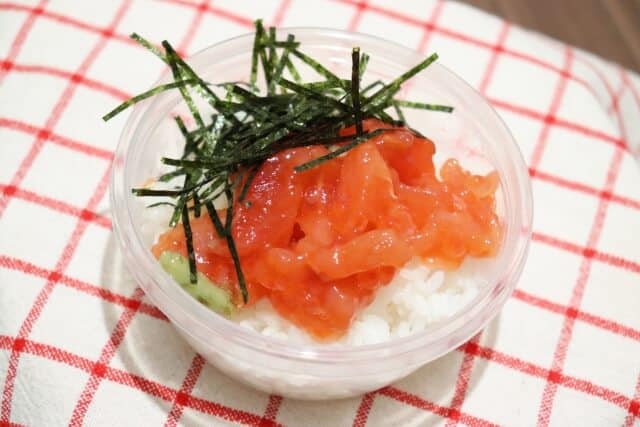
Ruibe is a traditional dish from Hokkaido, originating from the Ainu people, who are indigenous to the region. The name “Ruibe” comes from the Ainu language, combining “ru” meaning “to melt” and “ipe” meaning “food” to create “Luipe.” In Hokkaido’s harsh cold climate, people used to preserve fish caught in late autumn and winter by hanging them under eaves or burying them in the snow. This method not only helped store fish for an extended time but also killed parasites on the fish. This dish likely emerged as a safe way to preserve fish for an extended period while ensuring it was parasite-free.
How to eat?
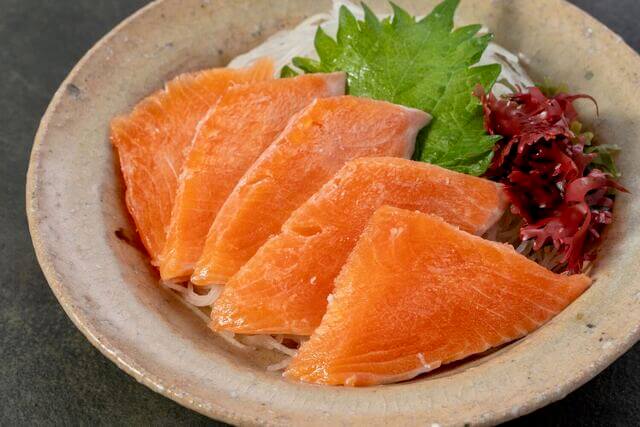
Ruibe offers a unique frozen texture and a delightful, melt-in-your-mouth flavor that sets it apart from regular raw sashimi. Like sashimi, you can enjoy it with wasabi and soy sauce, or try it with a dash of lemon juice or grated radish for added flavor. Depending on where you are and your family’s tradition, there are different ways to enjoy Ruibe, such as lightly roasting it or adding a sprinkle of salt. Recently, Ruibe has also found its way into various dishes like Ruibe pickles, made by marinating raw salmon roe in soy sauce and freezing them, as well as salads, aemonos, pasta, and more. It’s a versatile and tasty ingredient worth exploring.
Ruibe vs Sashimi
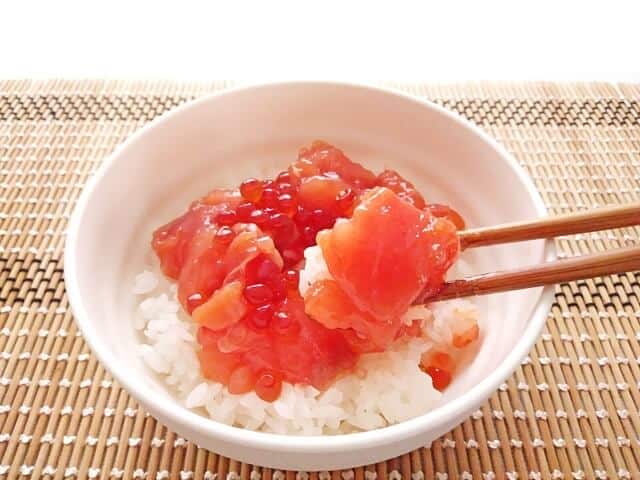
Unlike conventional sashimi, which is often served immediately after slicing, they prepare Ruibe using a unique method called “sokuri” or “usu-zukuri.” In this method, locals lightly marinated the fish slices in soy sauce and sometimes mix them with other seasonings like salt or vinegar. The fish is then left to semi-freeze at a very low temperature, which gives it a unique texture – it’s partially frozen on the outside but still raw on the inside.
What is the season of Ruibe?
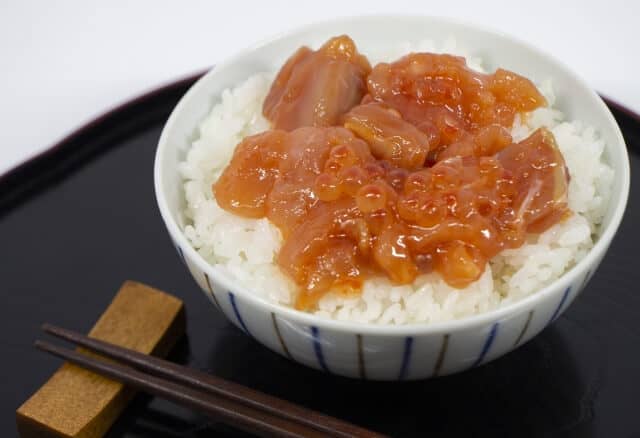
Ruibe is a seasonal dish, primarily consumed during the colder months when fish can be kept at the proper temperature for this unique preparation. Locals harvested the salmon from late fall to early winter and eaten as preserved food during the cold winter months. It is not as widely available as other types of sashimi and is more commonly found in Hokkaido and among the Ainu communities, where it holds cultural significance.
Do you eat ruibe frozen?
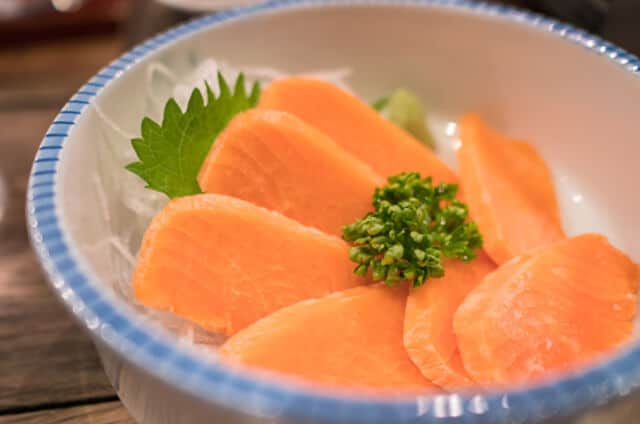
You can eat Ruibe frozen without thawing it, as this preserves its unique crunchy texture and enhances the flavor by removing excess fat and odor. The freezing method for Ruibe makes sense due to the presence of parasites, like Anisakis, in many fish, including salmon. Freezing the fish at -20°C or lower helps eliminate these parasites, reducing health risks associated with consuming raw salmon, as Anisakis can cause severe abdominal pain if ingested by humans. So, eating Ruibe frozen not only enhances its taste but also ensures food safety.
Difference between Ruibe and Ruibe Duke
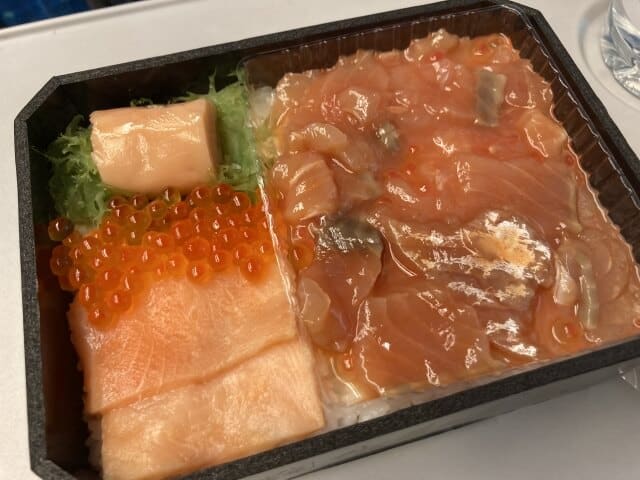
Ruibe and Ruibe Duke are two different dishes. While Ruibe is prepared by cutting salmon fillets into three pieces and freezing them, Ruibe Duke is made using only salmon and salmon roe. Ruibe is usually frozen as fillets or whole fish, while Roibe duke is seasoned with a soy sauce-based mixture and then frozen. Ruibe pickles are convenient and ready to eat, featuring salmon and salmon roe, which are popular ingredients. Lately, you can even find Roibe pickles at product fairs outside of Hokkaido.
Ruibe FAQ
- What does Ruibe taste like?
It suppresses the bitterness and enhances the natural aroma and flavor of salmon. It has a reputation for being irresistible for its crunchy texture when you put the frozen meat in your mouth and the taste that gradually melts in your mouth.
- Is it safe to make Ruibe at home?
To prepare this dish, one should freeze it at a temperature below -20℃ for at least 24 hours. However, it’s important to note that keeping Anisakis parasites at -20℃ or lower for 24 hours to kill them is only possible in commercial freezers, which can quickly reach -30℃. Therefore, making this at home is not recommended due to the potential risks involved.
Ruibe Recipe
Ruibe Ingredients
| Ingredients of Ruibe for 4 persons | Measurements |
|---|---|
| Salmon | 300g |
| Mountain wasabi | 8g |
| Soy sauce | 10g |
How to make Ruibe?
Wash fresh salmon and place it in the freezer to freeze.
Peel the salmon, cut into small pieces, place in a bowl, top with grated mountain wasabi, add soy sauce, and serve before it melts. Garnish with lemon, grated daikon radish, and ginger depending on your preference.
Where to buy Ruibe?
Sato Suisan (佐藤水産)
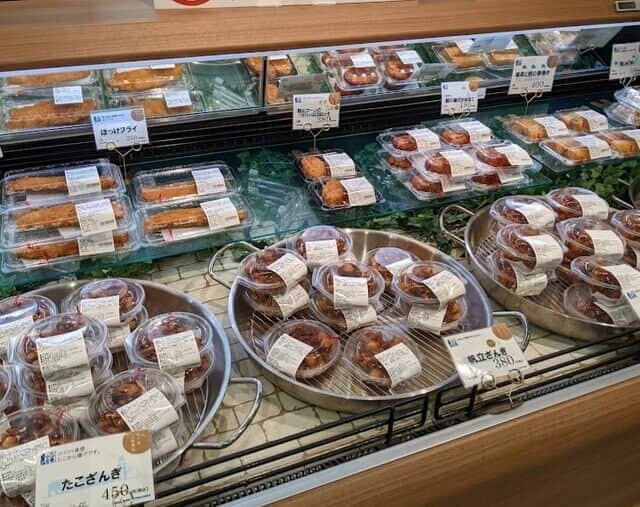
This shop specialise in salmon that swim up the Ishikari River and sell highly original processed seafood products. It is a safe and secure product that is made with natural ingredients from Hokkaido and has been popular in Hokkaido for many years.
An Dining at Ki Niseko (杏ダイニング An Dining)
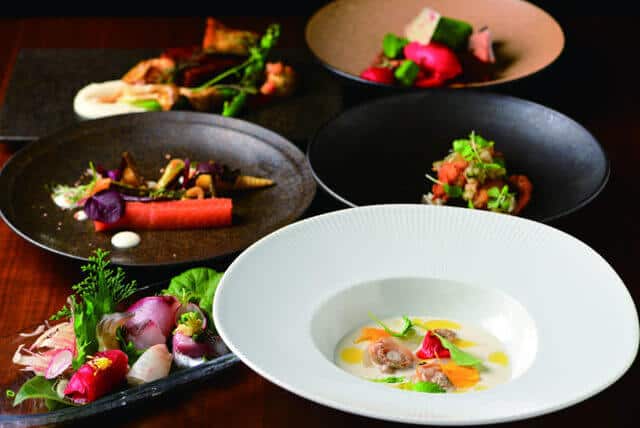
Nowadays, chefs and home cooks choose salmon “as fat, handsome and fresh as possible”, then simply clean, fillet and freeze it in the freezer, explains chef Shinichi Maeda, who runs An Dining at Ki Niseko in Abuta-Gun, Hokkaido. The roibe is then cut and eaten while still frozen, and served with soy sauce and fresh wasabi.
Kuben Dojo Soen (空弁道場 装苑)
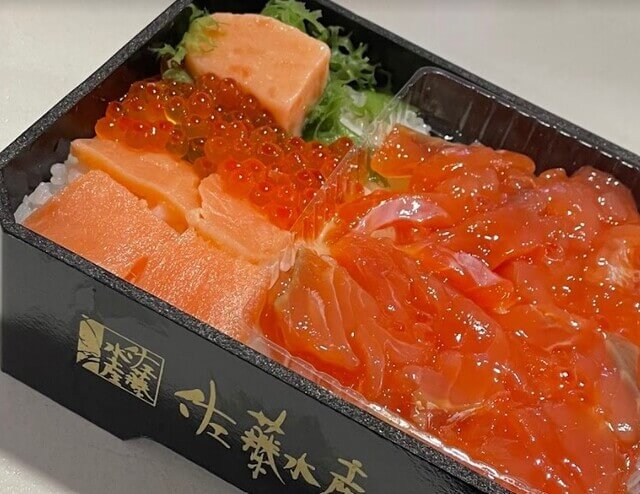
The salmon was thick and delicious, and the pieces were bigger. Some of Hokkaido’s izakaya – the casual, local restaurants ubiquitous throughout Japan. This shop uses fresh seasonal Hokkaido ingredients of the four seasons in an international environment.
Takeaway
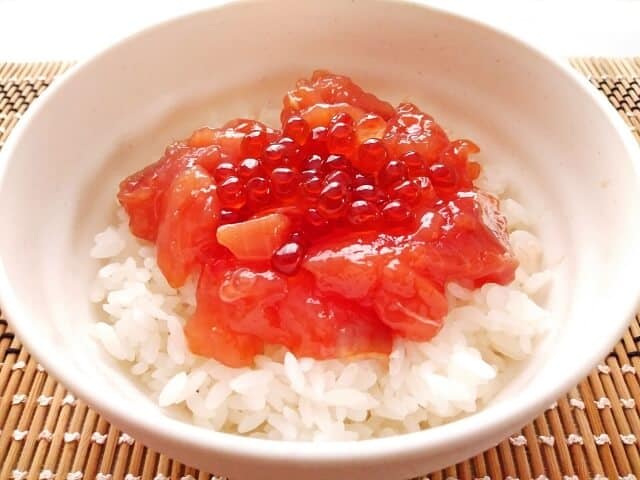
Ruibe is a unique and delicious dish that showcases the culinary traditions of Hokkaido, Japan, and the indigenous Ainu people. Its preparation involves a special freezing technique that not only preserves the fish but also enhances its texture and flavor. Whether you have the opportunity to savor this dish in Hokkaido or simply appreciate its cultural significance, we hope this article has provided you with valuable insights into this intriguing dish.
You can check some Japanese seafood dishes that we know you would like to try too.


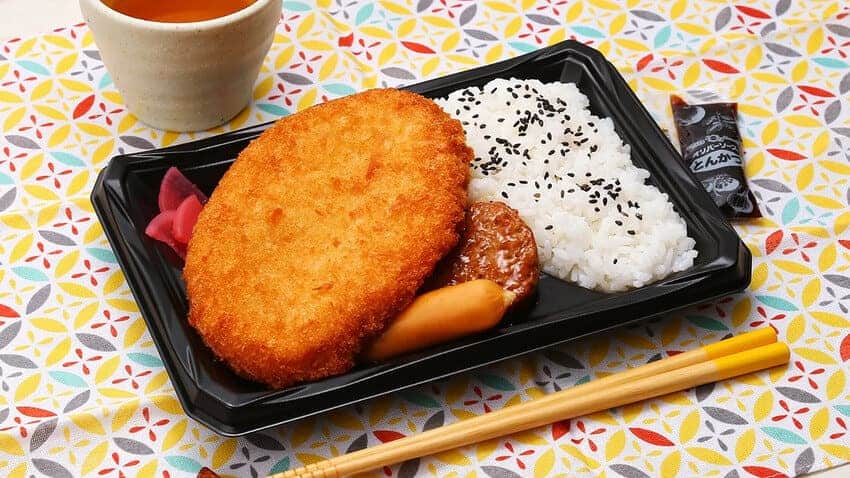



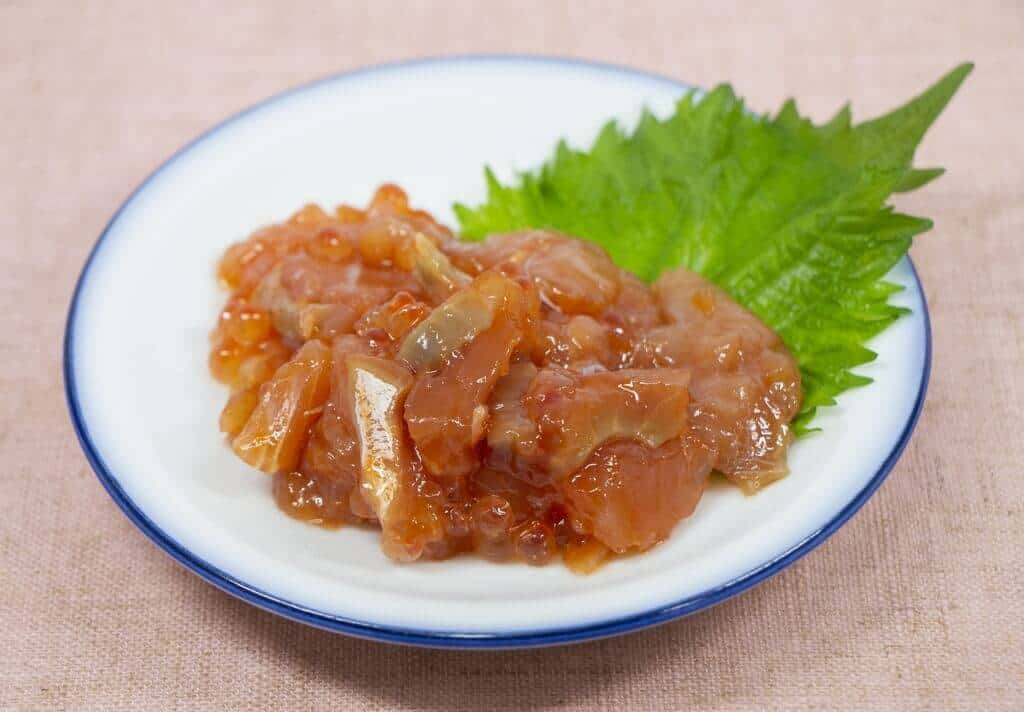
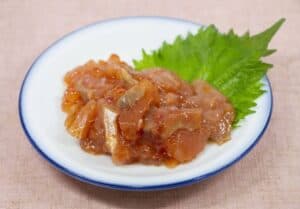
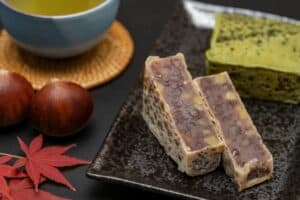
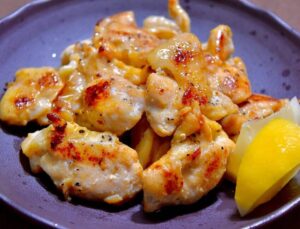
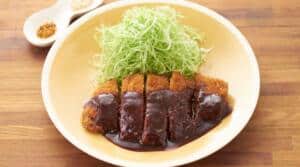
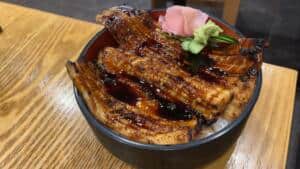
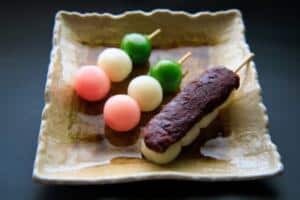
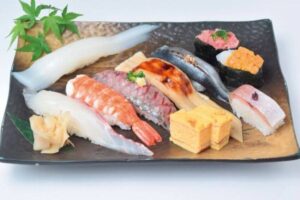
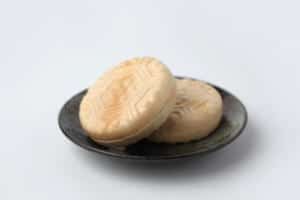
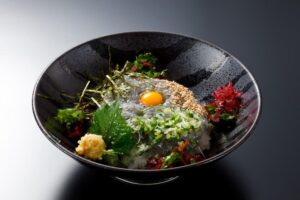
Comments